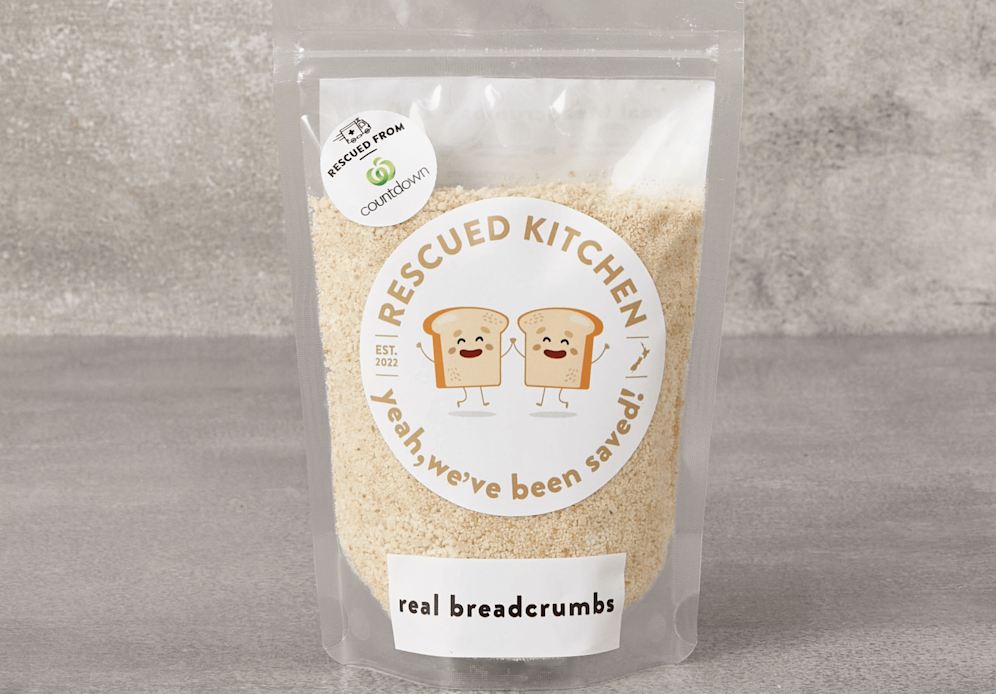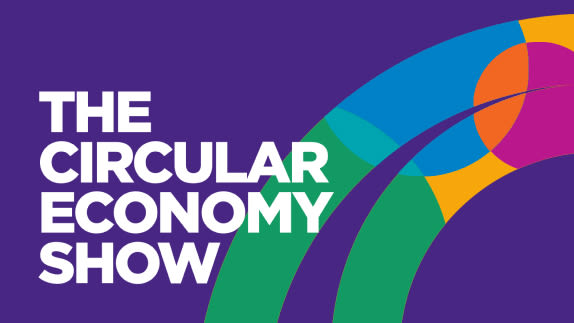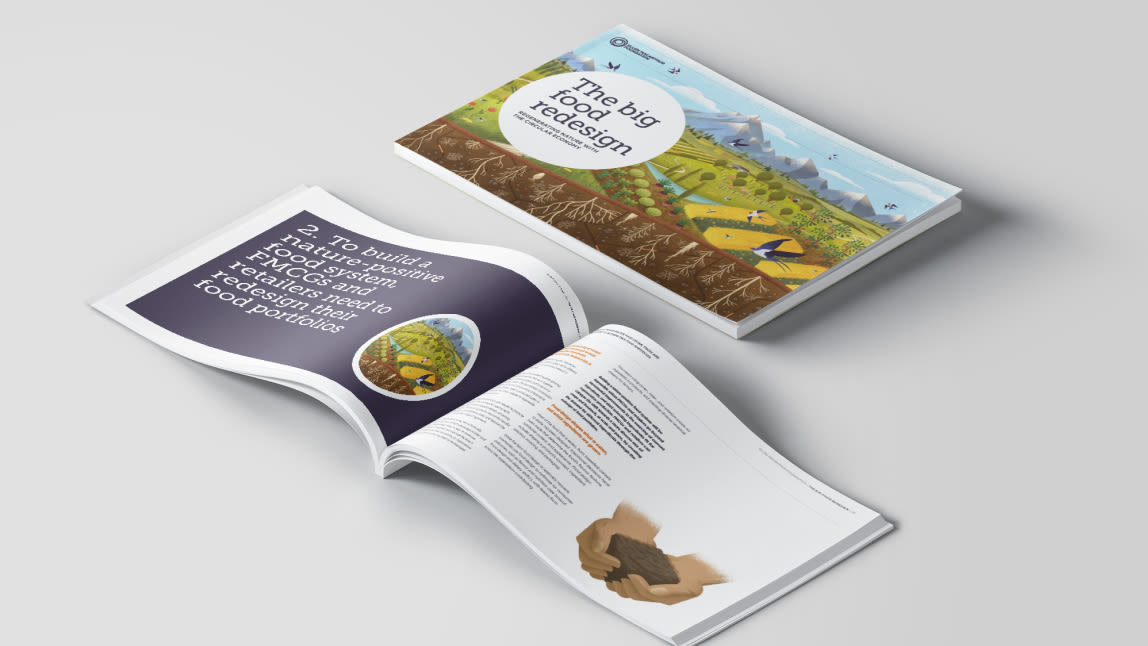This is part of a series of case studies that illustrate how food businesses are creating innovative collaborations in order to regenerate nature.
In Brief
Big Food Redesign Challenge participant Rescued is on a mission to help create a circular economy for food in New Zealand. It takes unsold fruit, vegetables and bread from retailers, manufacturers and growers and turns them into new products for its retail and wholesale customers.
This circular business model emerged out of a novel collaboration. Rescued turns out-of-date bread acquired from leading NZ supermarket chain Woolworth’s into a baking mix that the retailer then sells, making Rescued both its supplier and customer.
It's a great example of a closed loop operation that is helping the brand start to scale its contribution to the issue of eradicating food waste, as well as help minimise the amount of food imported into New Zealand.
How it started
Rescued wouldn’t have happened without the pandemic. Founders Diane Stanbra and Royce Bold had been caterers for the foodservice sector when the first lockdown hit in 2020. With the sector decimated overnight, they were faced with the loss of their business.
The pair began researching other options, and soon discovered the concept of food upcycling. This is the practice of creating new products out of surplus food or by-products.
Curbing food waste is a key target for reducing global greenhouse gas (GHG) emissions as one-third of GHGs are caused by it. Upcycling can help reduce these emissions by making better use of the energy and resources (including land) already used in the creation of crops and livestock.
Fate intervened in 2021 in the shape of an appeal from Woolworth’s, wanting to hear pitches from a more diverse set of suppliers. The chain was also exploring ways to use its ‘surplus’ food, asking small suppliers to think up ways to repurpose the products. Stanbra and Bold were shocked by the amount of bread that is regularly thrown away by supermarkets and started researching ways they could make use of it. The solution, which Stanbra admits was stumbled on “by total fluke”, was to make baking mixes from the old bread, which Woolworth’s then sells. The original bread packaging is also made use of – reprocessed to create fence posts.
Stanbra describes the discovery of upcycling as a solution to the problem of food waste as a “mind-changing pivot for the business”. But the uniquely collaborative nature of Rescued’s relationship with Woolworth’s has been equally as transformative.
What’s happening?
Six months after the first batch of surplus bread was delivered to the Rescued production unit, the baking mixes are now sold in 29 Woolworth’s stores on New Zealand’s North Island. As the Rescued business has grown, it has found other sources of, and customers for, its upcycled ingredients. A shipment of 500kg of freezer-burnt lemons, also from Woolworth’s, was turned into lemon powder via a dehydration process, and then became part of a lemon and gin flavour baking mix. Surplus tomatoes from NZ Hot House are turned into pasta and pizza sauce.

Finding customers in the foodservice sector has emerged as the primary way that Rescued can create the sales volumes necessary to keep prices at a level that the market can bear. Stanbra has found foodservice customers have internal ESG targets that Rescued products fulfil.
But each new ingredient has required a sizable investment in time and resources for the necessary research and development process before it can be used commercially, which can be a barrier to signing up new customers.
A more standardised technical process for the ingredient upcycling, currently being explored, will aid the business’s expansion.
Uniquely collaborative ways of working remains the key for Rescued. Stanbra is open with customers about the profit margins she needs to keep the business in operation, and expects the same level of transparency back. “We are honest with them that the only way we can bring prices down is by building volumes and they can be a part of that process”.
Why it’s an example of the circular economy
Rescued illustrates all three of the principles of a circular economycircular economyA systems solution framework that tackles global challenges like climate change, biodiversity loss, waste, and pollution. It is based on three principles, driven by design: eliminate waste and pollution, circulate products and materials (at their highest value), and regenerate nature.: eliminate waste, circulate products at their highest value, and regenerate nature. The latter principle is achieved because Rescued is endeavouring to source its ingredients from suppliers that embrace regenerative productionregenerative productionRegenerative production provides food and materials in ways that support positive outcomes for nature, which include but are not limited to: healthy and stable soils, improved local biodiversity, improved air and water quality. – improving soil, water, air and biodiversity via a range of practices best suited to a particular landscape.
Circular Design for Food Framework

The brand is currently applying three of the four principles of a circular design for food. As part of its journey through the Big Food Redesign Challenge and B Corp certification it is talking to its suppliers (and encouraging them to talk to their suppliers) about the opportunities from regenerative production. There are also plans to use diverse ingredients, as well as the upcycling which remains the core of its business model.
Lessons learned (so far)
Finding customers in the foodservice sector has emerged as the primary way that Rescued can create the sales volumes necessary to keep prices at a level that are viable. Stanbra has also found that foodservice customers have internal ESG targets that Rescued products fulfil and can move faster than the retail sector.
Stanbra has quickly learned that the type of collaborations necessary for this kind of upcycling rely on business relationships that prioritise trust and transparency; “I only push on the open doors now, I work out quickly if potential partners think like us”, she explains.









